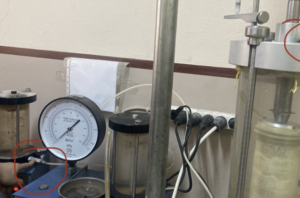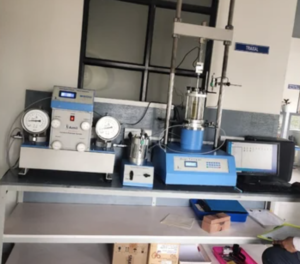How to Enhance Soil Sample Deformation Measurement in Triaxial Tests?
Accurate deformation measurement in triaxial tests is essential for determining soil stiffness, strength, and failure characteristics. Precise strain measurement enables engineers to develop reliable geotechnical models, improving the safety and efficiency of infrastructure projects. This article explores techniques to enhance deformation measurement accuracy, advanced sensor technologies, error minimization strategies, and best practices for optimizing test setups.
Improving Accuracy in Triaxial Test Deformation Measurements
Soil deformation in a triaxial test is typically measured by tracking changes in specimen height and lateral expansion. However, traditional measurement methods can introduce errors due to sample misalignment, membrane effects, or equipment limitations. To improve accuracy, engineers should:
- Use High-Resolution Displacement Sensors1: Linear Variable Differential Transformers (LVDTs)2 and laser displacement sensors provide precise axial and radial strain readings.
- Implement Image-Based Strain Analysis: Digital Image Correlation (DIC) techniques allow non-contact, full-field deformation measurement.
- Calibrate Equipment Regularly: Frequent calibration of sensors ensures measurement consistency and accuracy.
- Reduce Sample Disturbance: Proper sample preparation minimizes initial deformation discrepancies, leading to more reliable test results.
Comparison of Traditional vs. Advanced Deformation Measurement Methods
| Method | Advantages | Limitations |
|---|---|---|
| Dial Gauges | Simple and cost-effective | Low resolution, prone to operator error |
| LVDTs | High precision, real-time data | Requires careful setup and calibration |
| Digital Image Correlation (DIC)3 | Full-field, non-contact measurement | High setup cost, complex data processing |
| Laser Sensors | High accuracy, minimal physical contact | Affected by surface reflectivity |
Using a combination of high-precision sensors and advanced imaging techniques significantly improves measurement accuracy.
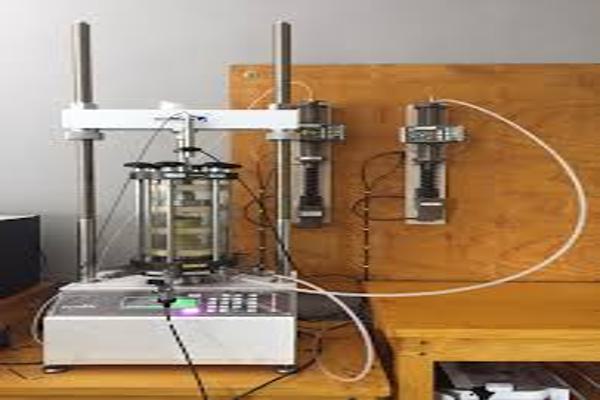
Advanced Sensor Technologies for Precise Strain Detection
The integration of advanced sensor technology has revolutionized strain measurement in triaxial tests. Some of the most effective solutions include:
1. Linear Variable Differential Transformers (LVDTs)
- Measures axial displacement with micrometer precision4.
- Commonly mounted directly on the specimen or external frame.
- Requires frequent calibration to ensure accuracy.
2. Digital Image Correlation (DIC)
- Captures deformation using high-speed cameras and tracking algorithms5.
- Non-contact method eliminates errors caused by instrument interference.
- Provides strain field visualization, showing localized deformations.
3. Fiber Optic Strain Sensors
- Embedded into the soil specimen for distributed strain measurement6.
- Detects localized deformations, useful for heterogeneous soil samples.
- Offers high durability and resistance to environmental disturbances.
Comparison of Advanced Sensors for Triaxial Testing
| Sensor Type | Measurement Precision | Advantages | Limitations |
|---|---|---|---|
| LVDT | High (±0.1 mm) | Direct contact, real-time monitoring | Requires careful placement |
| DIC | Very High (±0.01 mm) | Full-field analysis, no sample contact | High computational demand |
| Fiber Optic Sensors | High (±0.05 mm) | Measures internal strain distribution | More complex installation |
Selecting the appropriate sensor depends on the test requirements, soil type, and desired resolution.
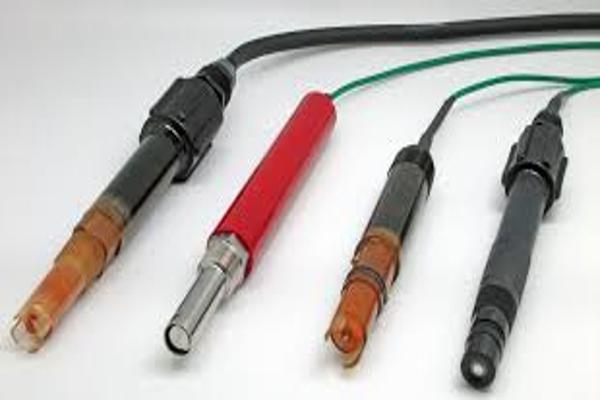
Minimizing Errors in Soil Sample Deformation Assessment
Several factors can introduce errors in soil deformation measurement. These include sample misalignment, membrane compliance effects, and human errors in data recording. Strategies to minimize errors include:
- Use Low-Compliance Membranes: Reduces external influences on lateral strain measurements.
- Apply Uniform Loading: Ensures consistent stress distribution, preventing sample tilting.
- Eliminate Friction Between the Sample and Platen: Lubricating end platens minimizes boundary effects.
- Employ Automated Data Logging Systems: Reduces human error in recording deformation data.
Common Errors and Their Mitigation Strategies
| Error Source | Impact on Results | Mitigation Strategy |
|---|---|---|
| Sample misalignment | Uneven stress distribution | Ensure proper sample centering before testing |
| Membrane compliance | Overestimates radial strain | Use stiff, low-compliance membranes |
| End platen friction | Restricts axial movement | Apply lubrication or use friction-reducing platens |
| Manual data recording errors | Inconsistent readings | Implement automated logging systems |
Reducing these errors ensures more consistent and reliable deformation measurements.
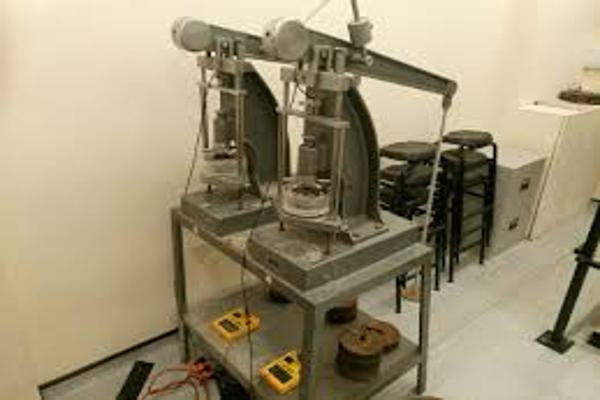
Optimizing Test Setup for Reliable Deformation Analysis
The accuracy of soil deformation measurements largely depends on a well-optimized triaxial test setup. Key recommendations for achieving optimal results include:
-
Ensure Precise Sample Preparation
- Trim and compact soil specimens carefully to prevent initial deformation errors.
- Maintain consistent moisture content and density across test samples.
-
Use High-Quality Sensors
- Choose LVDTs or laser sensors for axial strain measurement.
- Deploy DIC systems for comprehensive full-field deformation tracking.
-
Calibrate and Validate Equipment Regularly
- Perform calibration checks before each test to prevent drift errors.
- Compare results with reference materials to confirm accuracy.
-
Implement Real-Time Monitoring
- Use automated data acquisition systems for continuous strain monitoring.
- Integrate machine learning models to predict deformation trends.
Best Practices for Enhancing Measurement Accuracy
| Optimization Strategy | Expected Improvement |
|---|---|
| High-precision sensors (LVDT, DIC) | ±0.05 mm accuracy improvement |
| Low-compliance membranes | Reduces lateral strain error by 15–20% |
| Automated data logging | Eliminates manual recording errors |
| Friction-reducing platens | Improves axial strain consistency |
By following these best practices, engineers can achieve highly accurate deformation measurements, leading to better predictive models and safer geotechnical designs.

Conclusion
Enhancing soil sample deformation measurement in triaxial tests requires a combination of advanced sensor technology, optimized test setups, and error minimization strategies7. The use of high-precision sensors such as LVDTs, DIC systems, and fiber optic strain sensors8 significantly improves accuracy. Implementing real-time monitoring, automated data logging, and precise sample preparation further enhances reliability. By adopting these best practices, geotechnical engineers can obtain highly accurate deformation data, leading to more effective soil behavior predictions and safer infrastructure designs.
-
Learn about the benefits and applications of high-resolution displacement sensors in geotechnical testing for improved accuracy. ↩
-
Discover how LVDTs function and their advantages in providing precise strain readings in triaxial tests. ↩
-
Explore this link to understand how DIC enhances deformation measurement accuracy in soil testing, crucial for reliable geotechnical models. ↩
-
Understanding the benefits of precise axial displacement measurement can enhance your testing accuracy and reliability. ↩
-
Exploring this topic reveals how advanced imaging techniques can significantly enhance strain measurement accuracy. ↩
-
Learning about distributed strain measurement can provide insights into its critical role in analyzing soil behavior under stress. ↩
-
Explore this resource to understand how combining advanced sensor technology with optimized setups can enhance soil deformation measurement accuracy. ↩
-
Learn about high-precision sensors and their role in improving accuracy in soil deformation measurements. ↩

